A simple calculation?
At first glance, it may seem easy to calculate the pressure on our intervertebral discs. When standing upright, the weight adds up from the top to the bottom. Applying this simple calculation, the force is transmitted from vertebra to vertebra through the intervertebral discs.
If we follow through with this calculation, the total weight of the head rests on the surface of the 7th vertebral discs, directly where the cervical spine meets the torso. We can estimate the weight of the human head at at 6 kg. sitting atop a surface just under 5cm². Mathematically, this would mean that there is somewhere around 120 kN/m² of pressure on this intervertebral disc.
These numbers seem abstract, so it may help to use a tangible example. Try carrying 6 kg on a surface of a € 2 coin. This is the load that your cervical intervertebral disc would have to carry most of the day.
When looking at the lower junction where the torso and the sacrum meet, the weight of the entire upper body of about 50 kg. rests on this intervertebral disc. You can calculate pressure on that disc to be around 300 kN/m². When looking at these numbers you start to wonder how come there are so few herniated discs!
A trick of Nature
Nature is clever and has developed an ingenious way of correcting this issue. Ideally, the intervertebral discs would carry very little pressure at at. In order to make this possible, the human torso is wrapped in multiple layers of fascia wound in opposing double helices.
At first glance it appears to be nothing more than diagonal muscles. But if we take time to follow the course of these muscles, it is easy to observe how the fascial pull on one muscle directly affects the next, running through the entire course of muscles and thus fascia.
Superficial Layer
The superficial layer starts at the pectoralis major and goes to the sternum. Depending on the surface area of the pectoralis major, the fascia then goes onward down into the rectus abdominis muscles on the same side or the opposite side.
From here, strength can make its way all the way down the the pubic bone (Os pubis). From here it travels to the adductors, specifically the (M. Adductor Longus) to the opposite side on the inner thigh (Linea aspera femoris).
Middle layer
Going one level deeper, the serratus anterior (M. Serratus Anterior) pulls the shoulder blades forward around the thorax. This fascial line then passes through the intercostal muscles (M. Intercostales Externi) and then into the external obliques (M. Obliquus Abdominis Externus).
At the midline of the body, just above the navel, the pull and traction follows to the opposite side at the internal obliques (M. Obliquus Abdominis Internus). The fascia continues uninterrupted at the ASIS (Spina Iliaca Anterior Superior). From here it continues to the tensor fascia lata, over the trochanter major and into the fascia lata down the side of the leg.
Deep layer
While the superficial and middle layers of fascia form a more or less broad band of continuous fascia spanning the torso, the deep layer is shaped differently in that it is rather flat. It covers the entire surface of the inside of the torso. The main muscles are the external intercostal muscles (Mm. Intercostales Externi) and the outer diagonal muscles (Mm. Abdominales Externi). The diagonal grain of these lines penetrate the ribs and the chest area.
At the midline of the body they cross over the sternum or at the linea alba before flowing into the inner oblique and abdominal muscles (Mm. Intercostales Interni and Mm. Intercostales Interni).
This crossover effect envelops the rectus abdominis muscles as well as the sternal muscle (M. Sternalis) which is rudimentary in humans. From the sternum the line descends diagonally running down in front of the rectus abdominis muscles. Once crossing over the opposite side, this descending layer runs behind the rectus abdominis.
Deepest layer
The deepest layer is less of a helix and moreso a layer of transverse fascia. There are arches that connect the front to the back.
In the abdominal area, the transverse abdominis (M. Transversus Abdominis) and the deep intercostal muscles (Mm. Intercostales Intimi), which is also rudimentary in humans, represent this wrapping.
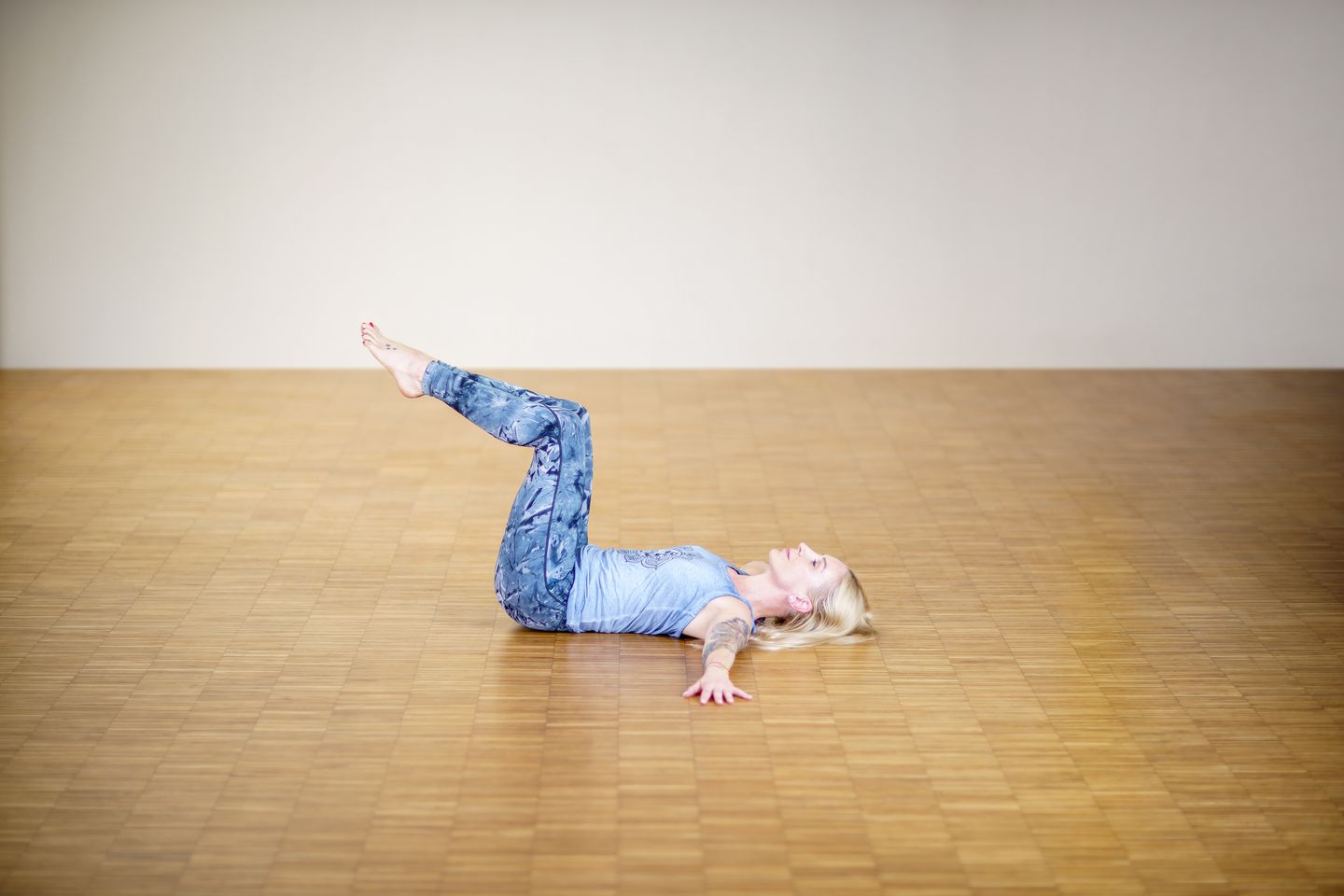
It's all about tension
If there is enough elasticity in the fascia, the helical layers pull the trunk together, in the same way as squeezing the sides of a ballon. The result is that the torso lengthens.
When this tension is achieved, the intervertebral discs are not under pressure. They react to movement in a springy fashion, but are barely affected by force. Each movement deforms the disc and moves nutrients through it. This allows the disc to have optimal conditions that will help them to stay elastic and healthy over time.
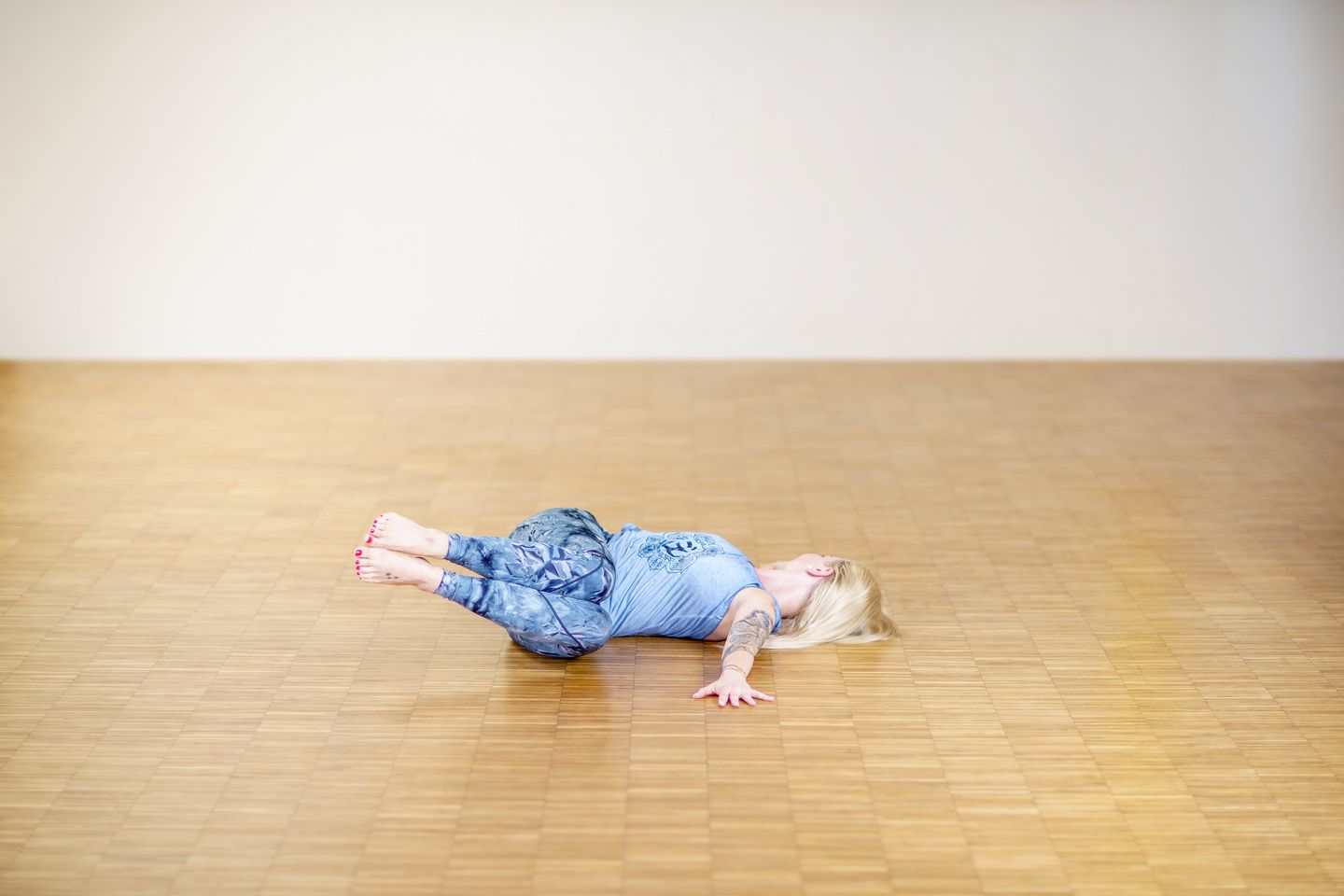
Exercise Sequence
In the following exercise series we are looking to tighten the helical fascia lines of the front body. The span the torso and convert pressure into traction. To achieve this we will be doing some power generating exercises and some rotational movements.
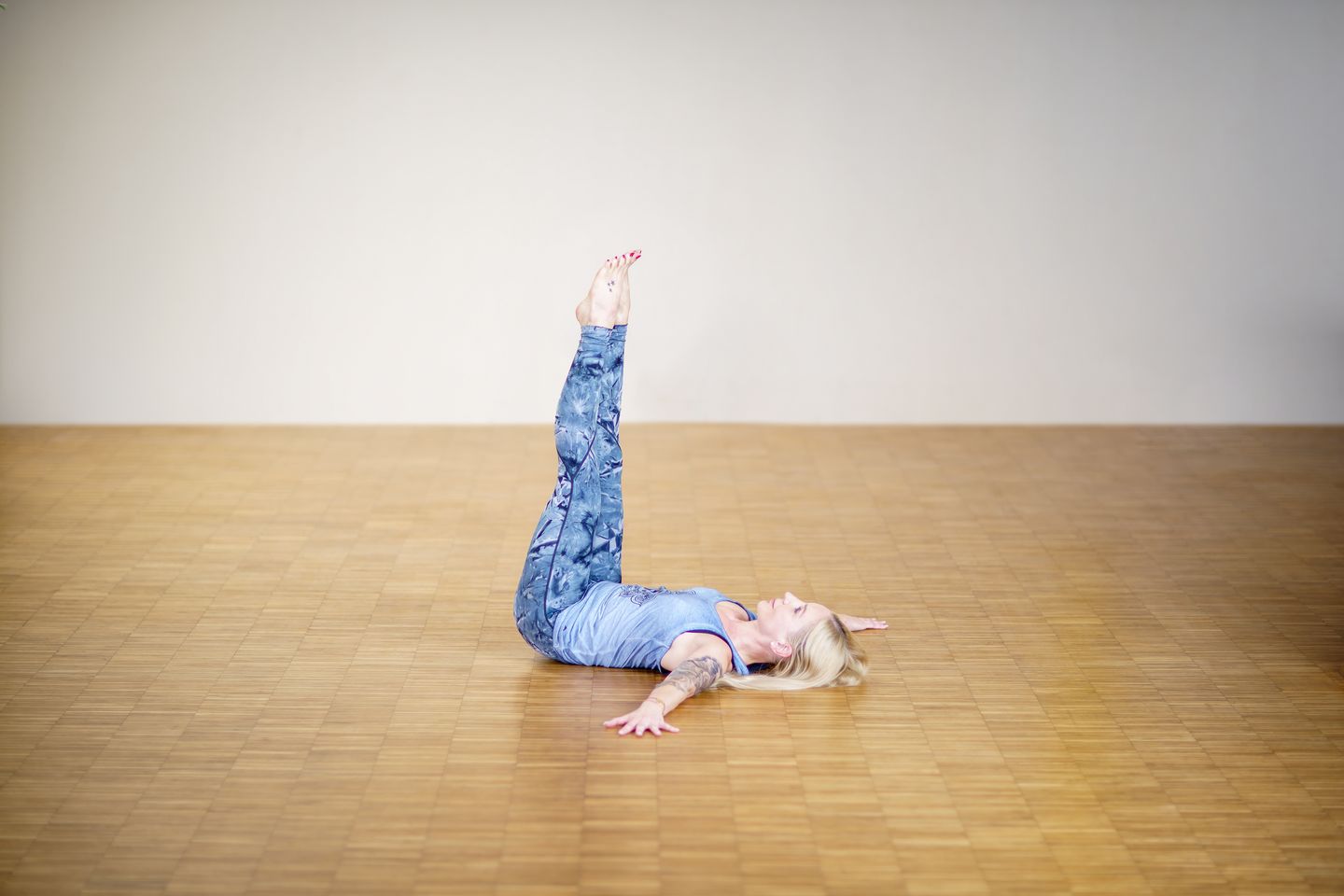
Supine Leg Pendulum
Start lying on your back. Spread your arms out sideways at a 90 degree angle and press the palms into the floor. Extend your legs into the air. Your entire back remains neutral and keeps contact with the floor in its natural curve. Bend your knees to 90 degrees so that your calves are basically parallel to the floor (Fig. 1).
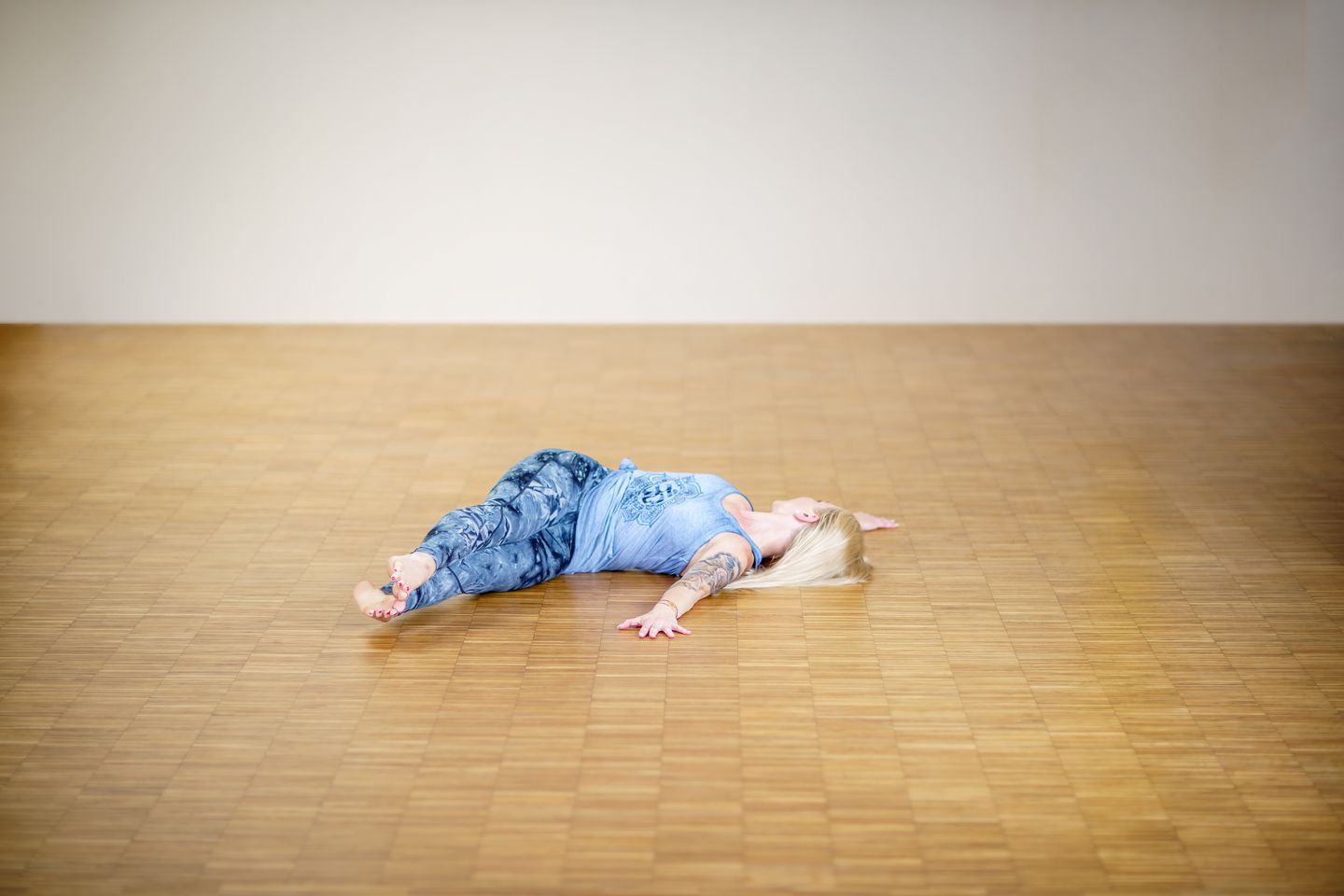
Exhale and lower the legs to the left. Your torso should remain stable and as you move the right side of the pelvis will move away from the floor. The end point of the movement is when you are hovering just above the floor. Try to resist lowering all the way down (Fig. 2).
Inhale and raise the knees back to center, and then exhale to the right side. Continue moving dynamically in a fashion similar to that of a pendulum. Only when the deep core muscles are active can this exercise be completed.
Effect: This method of executing the pendulum exercise is key for those who might tend to round their backs. Practicing with a neutral spine is the only way that we can address the fascia of the trunk. In bending the knees we are reducing the amount of leverage and thus making the exercise a bit easier to begin with. Over time you can modify to fine-tune the load appropriate for you.
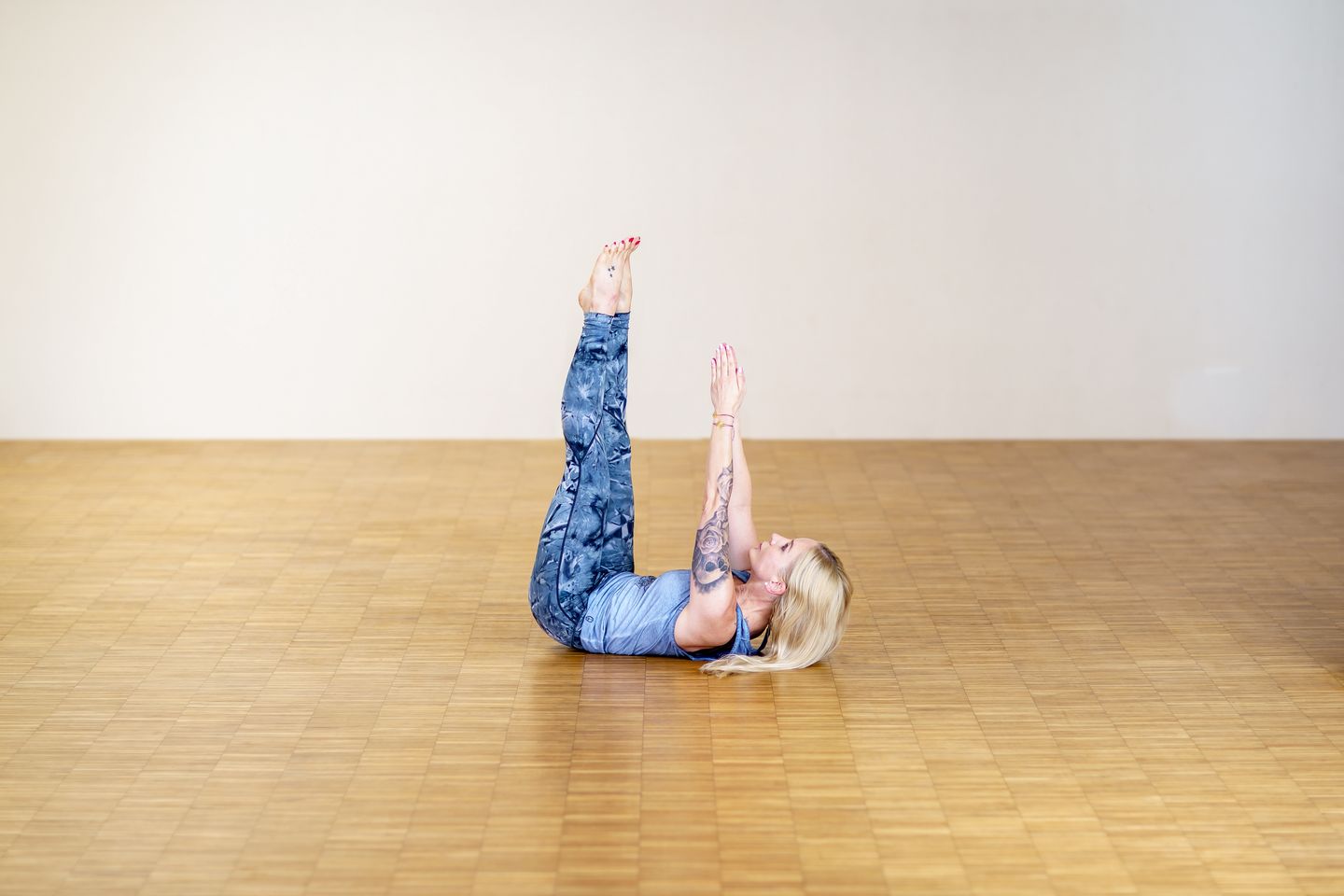
Supine Leg Pendulum - Straight leg
The previously described exercise is quite demanding. At some point or in some cases you may wish to increase the load to further your strengthening of the fascia. You can do that easily by stretching the legs out completely in the center position (Fig. 3).
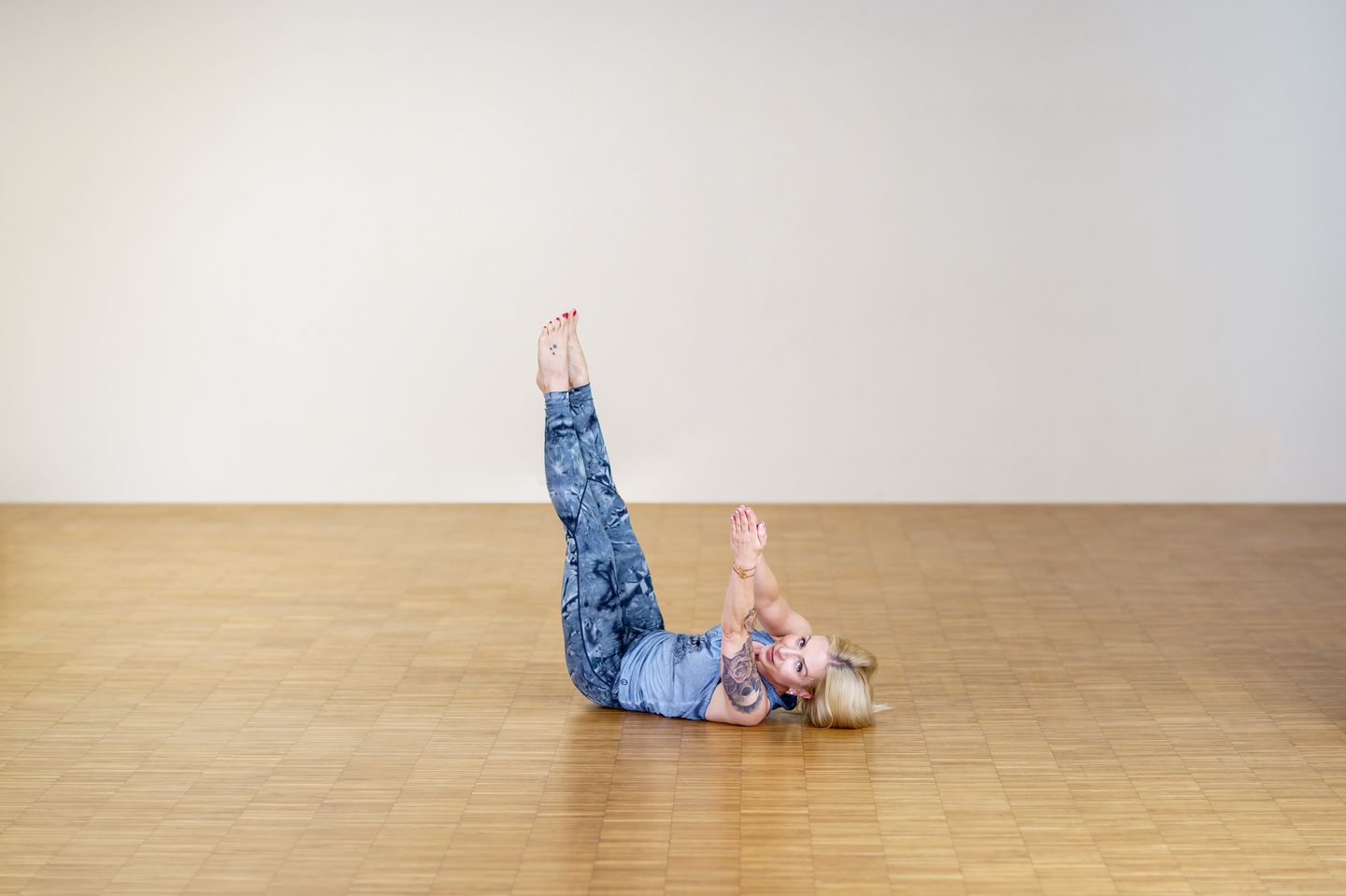
Keep your legs straight as you perform the exercise as described previously with this additional weight of the extended legs. The activation of the deep helical muscles of the abdomen is vital in order to hover above the floor (Fig. 4).
Repeat this exercise moving in a pendular fashion until you are able to feel the work of the movement. Then take rest.
Effect: There is hardly any other exercise which addresses the opposing double-helix of the abdomen in such a targeted way as this one. At first glance we see that the obliques are working hard. But looking close we see that these are part of a line of helical fascial which wraps around the entire torso. This line runs diagonally downwards from the spinal processes to the transverse processes at the opposite side. Meaning that the helical tension continues onward.
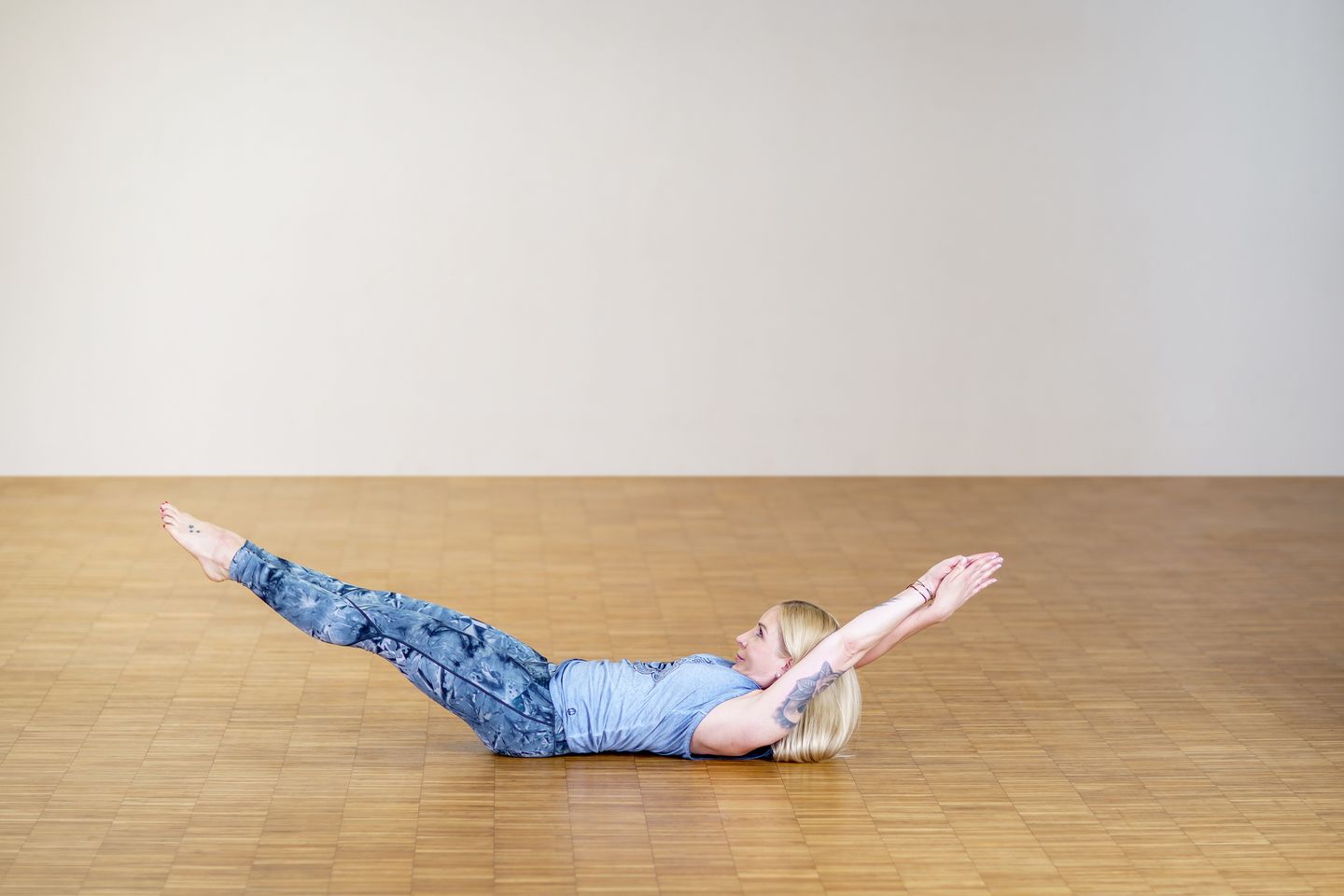
Arm Pendulum
Remain supine for this exercise as well. Your legs are extended vertically in the air, or possible bent at a 90 degree angle. From here, push your arms vertically into the air and press the palms together. Following the direction of your hands, lift your shoulders slightly from the floor (Fig. 5).
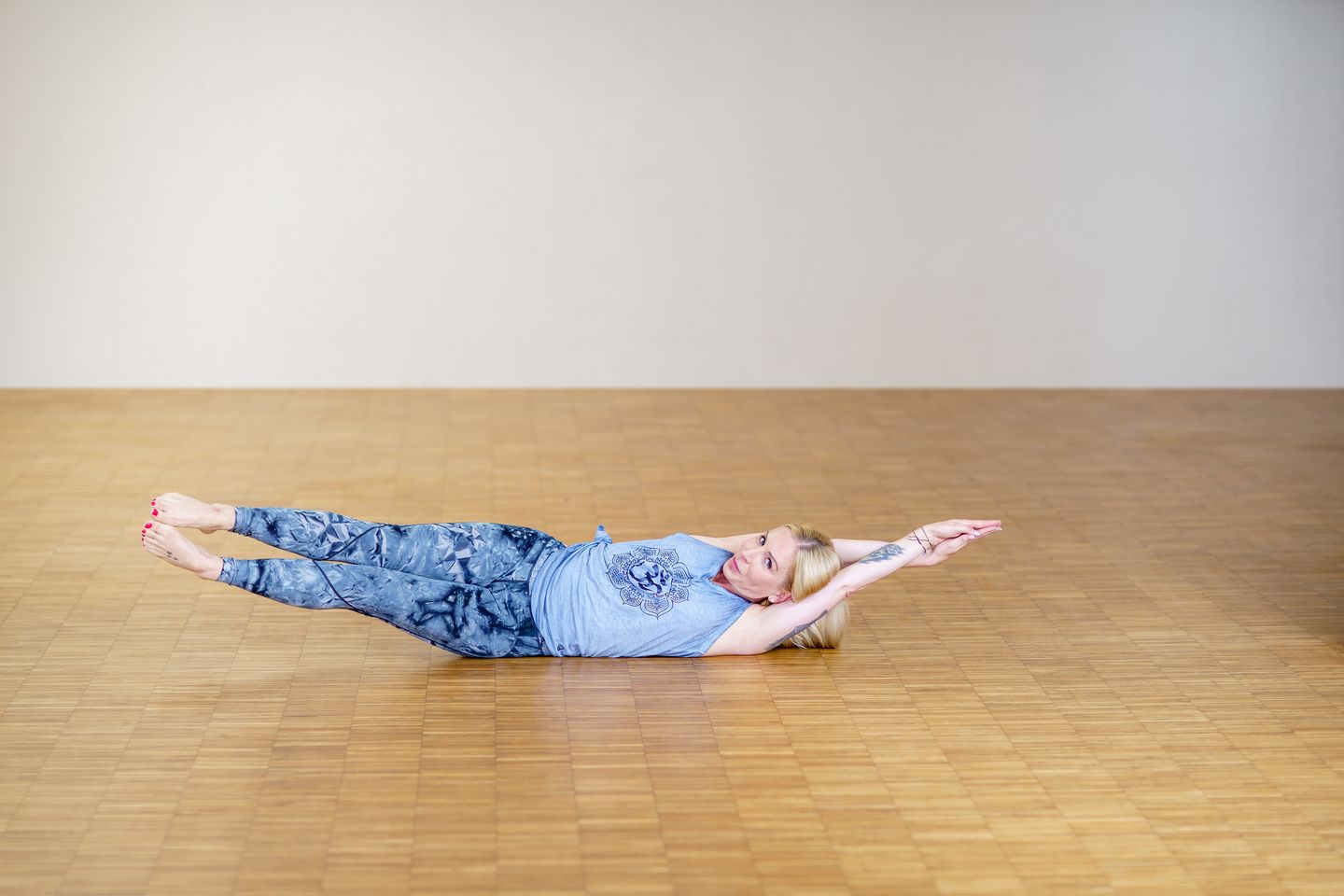
Now exhale with your arms to the left. As you do this, raise your right shoulder further from the ground, while your left shoulder is still hovering above the ground. Stretch yourself long through the arms and go as far as you can while maintaining core stability (Fig. 6).
From here, inhale back to center and exhale back to the side. Be certain that when you move back and forth that your arms and legs are parallel. Resist the temptation to move your arms towards the legs. Once fatigue set in in the deep abdominal muscles, take rest.
Effect: This exercises resembles classical crunches. By changing the position of the arms you create a more powerful rotating level. In this way we can address the deep helical fascial lines more specifically.
Optional: Rolling boat
Once you have developed a good amount of strength and want to tighten the helical fascia even further, you can try this exercise.
For this exercise you will also stay on the ground with your legs in the air. But now, press your lumbar spine into the ground. Lift your shoulder so that they both hover above the ground.
Create a support for your head with your arms by extending them up and past the head. Cross the forearms for more stability. Don't forget to keep the lumbar spine actively pressed into the ground. If your lower back or lower belly cannot stay actively engaged, you should go back a step and work where you can maintain this core stability.
If you are looking for even more of a challenge, stretch the legs lower so that they hover slightly above the ground. The closer to the ground the more challenging it is to maintain proper form. For this reason, continue working to press the lumbar spine into the ground and your lower belly is still active. At the moment that your lumbar spine lifts, it is a sign that your leg is too far and you need to work at a different angle. Just working here is a serious challenge and will definitely strengthen your multi-layer helical fascia lines (Fig. 7).
Maintaining this stability you start to rock toward the left. Your arms and legs are hovering and as straight as possible. Keep going until you roll onto your belly. Try to roll as elegantly and coordinated as possible (Fig. 8).
You can now choose to either continue rolling in the same direction for a few repetitions or change direction and roll to the opposite side. In any case, you will soon feel the deep muscles and their corresponding fascia enveloping the trunk and this is how you will be able to guide your body through the exercise.
Effect: This exercise will require strength and will create coordinative stress. In doing this, your helical fascia system learns to maintain its balance through tensions, which is key in exercising powerful movements safely. This exercise is particularly good for integrating the tension build in the front and back body.
Have fun practicing!
Teacher: Dr. Ronald Steiner
Yogini: Melanie Pilz
Photographer: Paul Königer - yogafotograf.de
Apparel: OGNX
-

Tatjana Weber-Ampofo
at 01.03.2023Ich konnte meiner Mutter mit den Übungen deutliche Linderung nach Ihrem zweiten Bandscheibenvorfall verschaffen. Das Ziel ist jetzt sie mit regelmäßigem Üben dauerhaft schmerzfrei zu halten. Ich konnte meiner Mutter mit den Übungen deutliche Linderung nach Ihrem zweiten Bandscheibenvorfall verschaffen. Das Ziel ist jetzt sie mit regelmäßigem Üben dauerhaft schmerzfrei zu halten.
-
Ich finde die Erklärung der Münze mit dem Tragen des Gewichtes sehr plausibel. Obwohl es logisch klingt, habe ich mir bisher darüber keine Gedanken gemacht. Ich freue mich darauf die Übungen weiter zu [...] Ich finde die Erklärung der Münze mit dem Tragen des Gewichtes sehr plausibel. Obwohl es logisch klingt, habe ich mir bisher darüber keine Gedanken gemacht. Ich freue mich darauf die Übungen weiter zu praktizieren.
-

Maxi Fischer
at 27.02.2021Ich finde sehr interessant was Sie über die Umwandlung von Druck- in Zugkräfte durch die muskuläre/faszielle Spannung schreiben. Nur irgendwie kann ich es nicht glauben, dass z.B. die Bandscheiben [...] Ich finde sehr interessant was Sie über die Umwandlung von Druck- in Zugkräfte durch die muskuläre/faszielle Spannung schreiben. Nur irgendwie kann ich es nicht glauben, dass z.B. die Bandscheiben dabei so stark entlastet werden können. Haben Sie irgendwelche Literatur zu dem Thema (von anderen Autoren), wo man sich etwas einlesen kann?
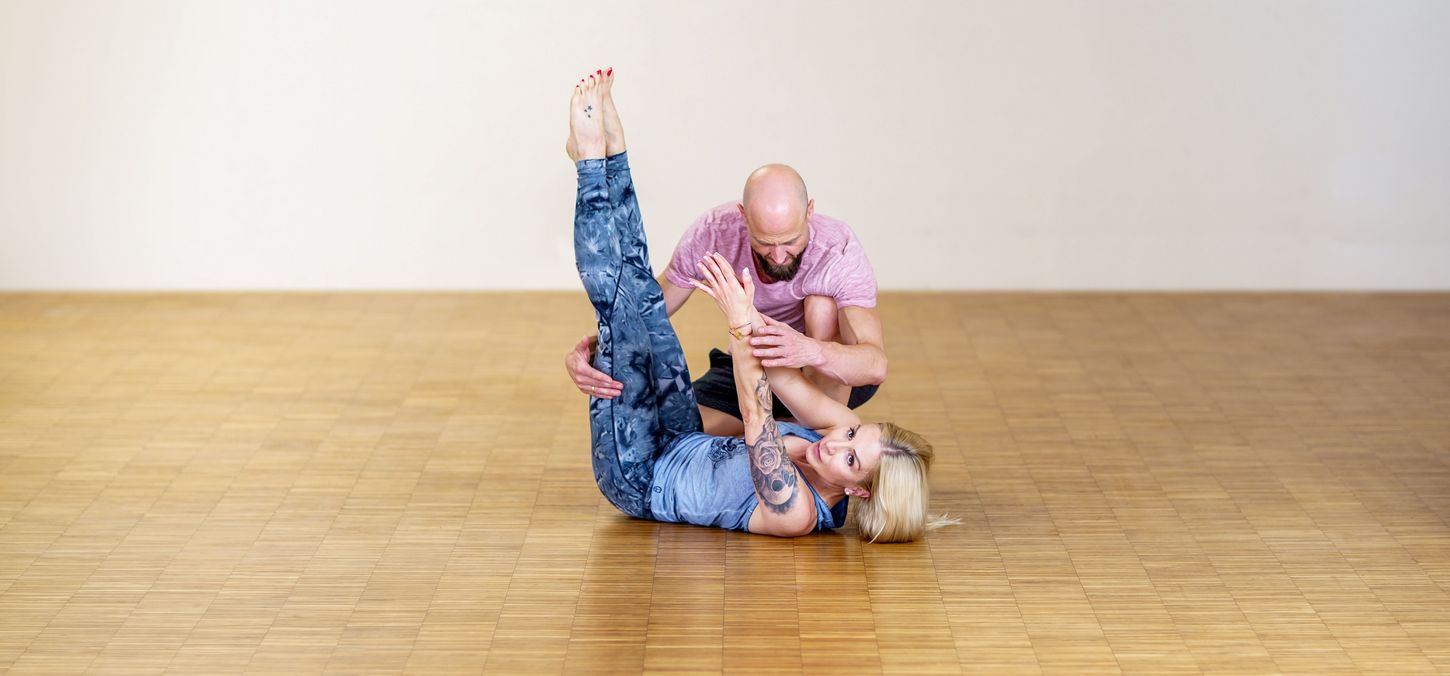

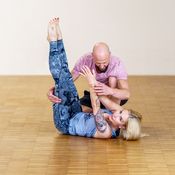
 Dr. Ronald Steiner
Dr. Ronald Steiner
 Melanie Pilz
Melanie Pilz
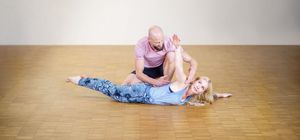
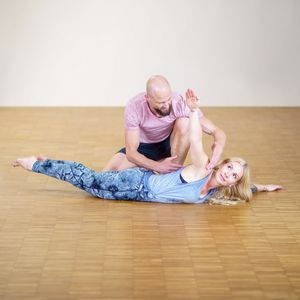
 Dr. Ronald Steiner
Dr. Ronald Steiner

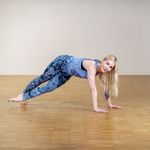
Messages and ratings